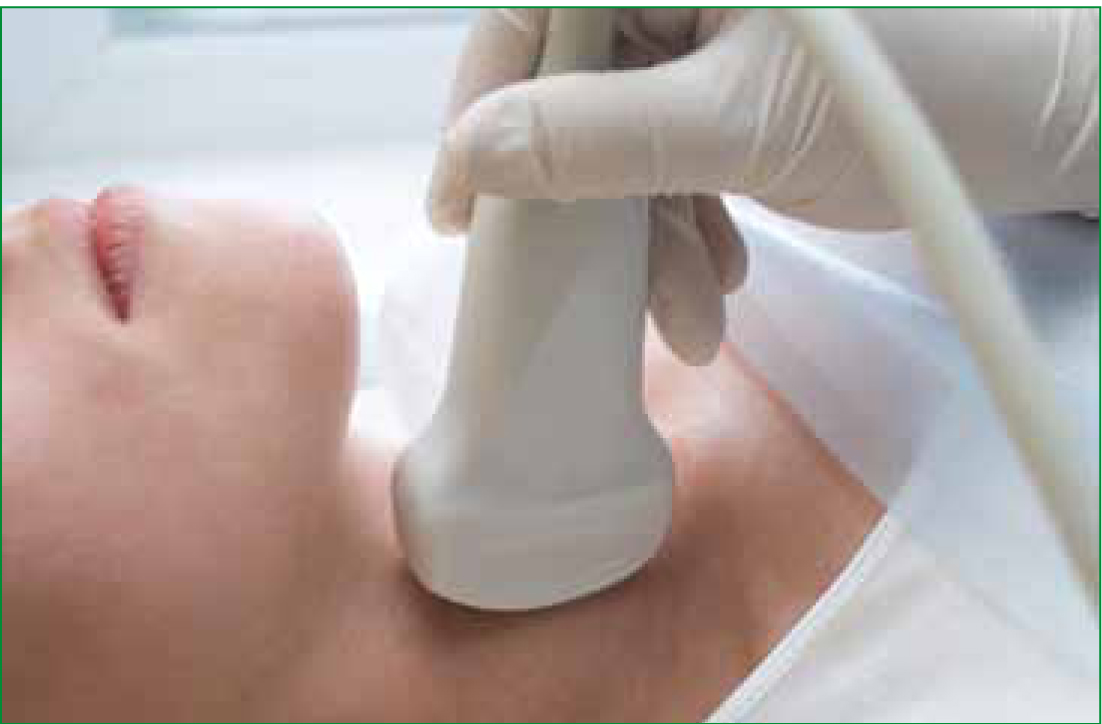
Forty paramedics in Minnesota underwent a 6-hour ultrasound training; they also received two refresher sessions throughout the 12-month study. Despite only 25 paramedics completing the study, 104 ultrasounds were performed: 20 AA and 84 FAST examinations. An independent, blinded, emergency sonographer physician reviewed all ultrasounds. Paramedics adequately performed and correctly interpreted 100% of the abdominal examinations as negative for abdominal aortic aneurysm.
Of the FAST examinations, 70 were interpreted correctly as negative and 6 were identified correctly as positive for free intraperitoneal or pericardial fluid.
The remaining 8 FAST examinations provided inadequate views—either in terms of image quality or length of video clip.
One limitation of this study is that the participants volunteered and, as such, this could introduce selection bias perhaps attracting highly motivated individuals. Further research is needed to establish whether levels of motivation correlate to degree of accuracy in ultrasound performance and interpretation.
The findings indicate that a procedure traditionally undertaken in hospitals can be successfully performed and interpreted in the prehospital environment.
Ultrasound has potential as an adjunct to paramedics’ decision-making to ensure patients are transported to the most appropriate destination for their condition, while increasing the quality of information that paramedics can give to receiving staff during patient handover.
